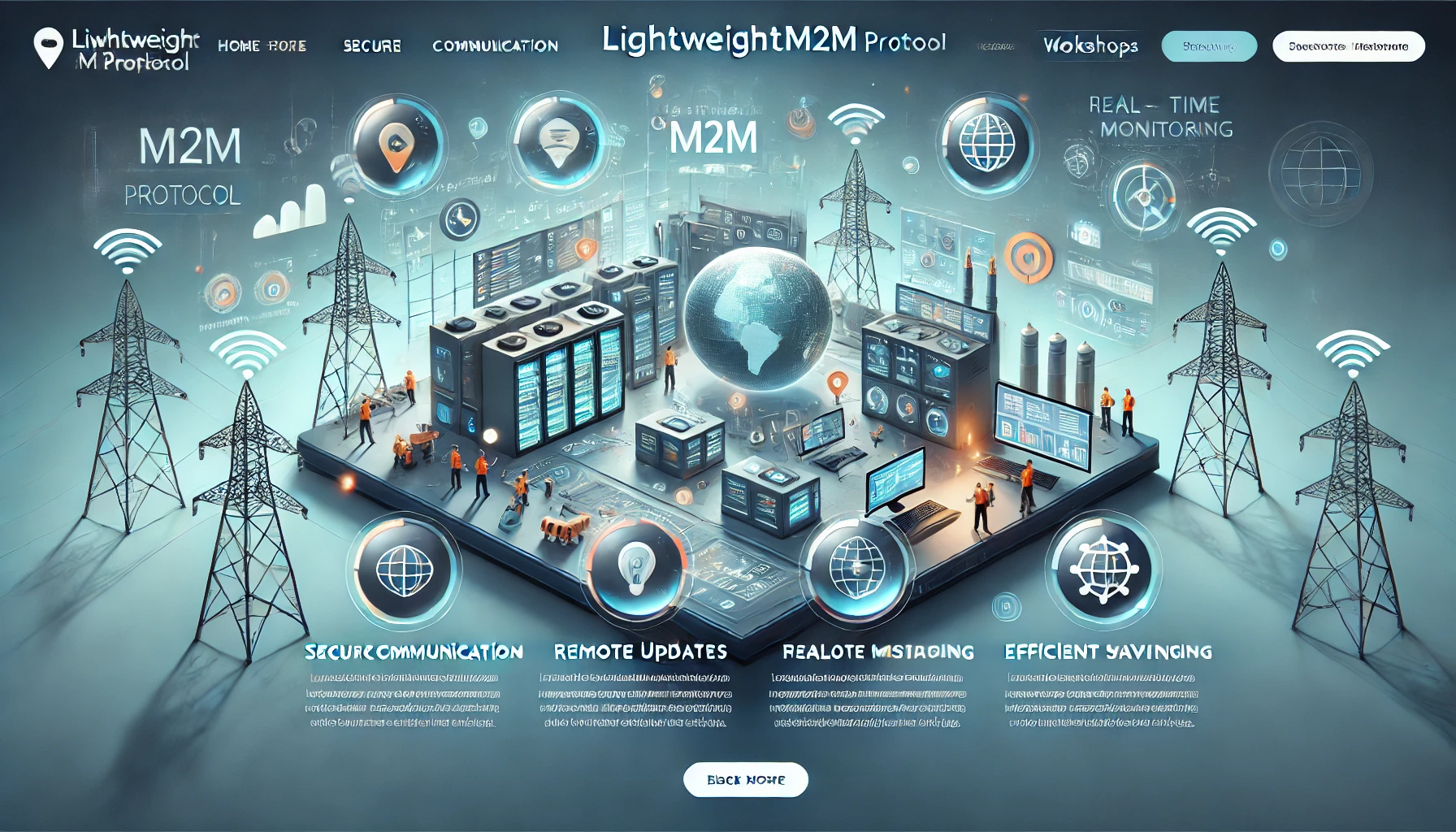Useful links
Introduction
As the Utility sector navigates the challenges and opportunities presented by the rapidly evolving landscape of connected devices and IoT technologies, the need for robust, scalable, and secure protocols becomes increasingly vital. The Open Mobile Alliance's (OMA) LightweightM2M (LwM2M) protocol stands out as a premier solution tailored to meet these demands. By simplifying device management through secure communication, remote updates, real-time monitoring, and efficient power usage, LwM2M ensures utilities can achieve optimal performance while maintaining minimal resource consumption.
In the following sections, we delve into the multitude of benefits that LwM2M brings to the utility sector. From enhancing operational efficiency and cost savings to ensuring secure remote management and seamless interoperability, LwM2M addresses the core challenges faced by utilities today. The protocol's vendor-agnostic nature and multi-network compatibility further underscore its adaptability and potential to drive innovation. By providing a unified standard for device lifecycle and network management, LwM2M not only simplifies operations but also fosters a competitive and innovative market landscape.
Moreover, real-world use cases highlight the transformative impact of LwM2M across various utilities, including electricity, water, and gas. These examples, coupled with a comprehensive technical overview, underscore the protocol's scalability, security, and broad market potential. As we explore these aspects, we also present a structured call to action aimed at engaging stakeholders, promoting adoption, and providing the necessary resources and support. Through workshops, collaborative pilots, and industry advocacy, OMA is committed to leading the charge in integrating LwM2M into the utility space, ensuring a future of enhanced efficiency, security, and innovation.

About OMA LwM2M and Utilities
Travis Shanahan (Itron) & OMA Utility Outreach/Interoperaiblity Working Group Chair
"By leveraging the OMA LightweightM2M protocol, the utility sector can achieve unprecedented efficiency, security, and cost-effectiveness, driving innovation and growth in a rapidly evolving landscape."
Technical Overview
1. Interoperability
- LwM2M supports various data formats and integrates seamlessly with other standard development organizations (SDOs), allowing utilities to leverage existing systems and data.
2. Scalability
- The protocol's design accommodates large-scale deployments, offering centralized network management, efficient resource allocation, and group operations.
3. Security
- LwM2M employs robust security measures, including secure device onboarding, authentication, and encrypted communication (DTLS, TLS, OSCORE), ensuring data integrity and privacy.
Benefits for Utilities:
1. Efficiency and Cost Savings
- Streamlined Operations: LwM2M provides a unified standard for device lifecycle and network management, reducing the complexity of handling multiple proprietary systems. This standardization minimizes operational costs and accelerates device deployment.
- Power Efficiency: The protocol's design optimizes power usage, making it suitable for battery-powered devices. This contributes to longer device lifecycles and lower operational costs.
2. Remote Monitoring and Management
- Enhanced Security: LwM2M ensures secure device onboarding, authentication, and access control, protecting against unauthorized access and cyber threats.
- Real-Time Connectivity Monitoring: Continuous monitoring helps detect and resolve network issues, ensuring uninterrupted service.
3. Interoperability and Scalability
- Vendor-Agnostic: LwM2M's vendor-agnostic nature allows utilities to integrate various devices and systems, reducing dependency on specific vendors and fostering innovation.
- Multi-Network Compatibility: The protocol works seamlessly across multiple network technologies, ensuring compatibility with existing and future infrastructures.
